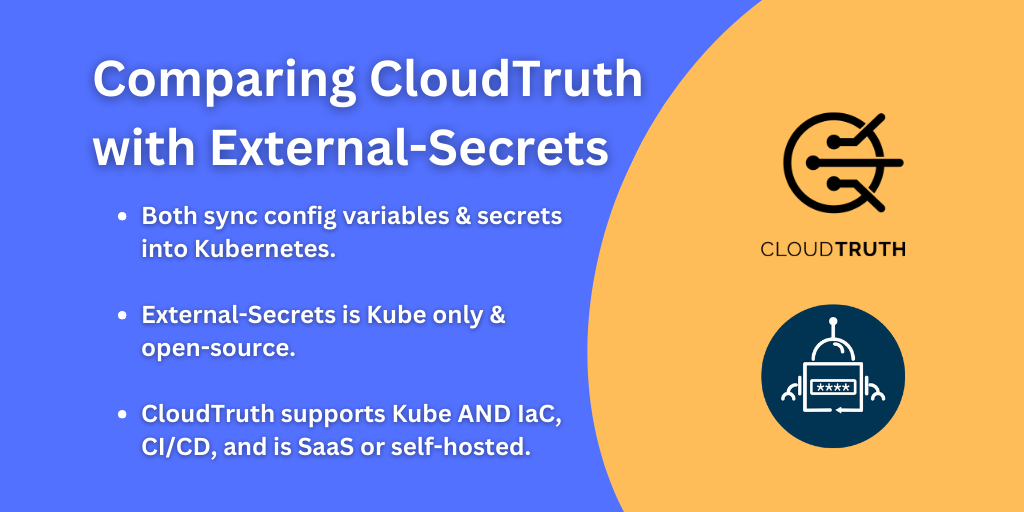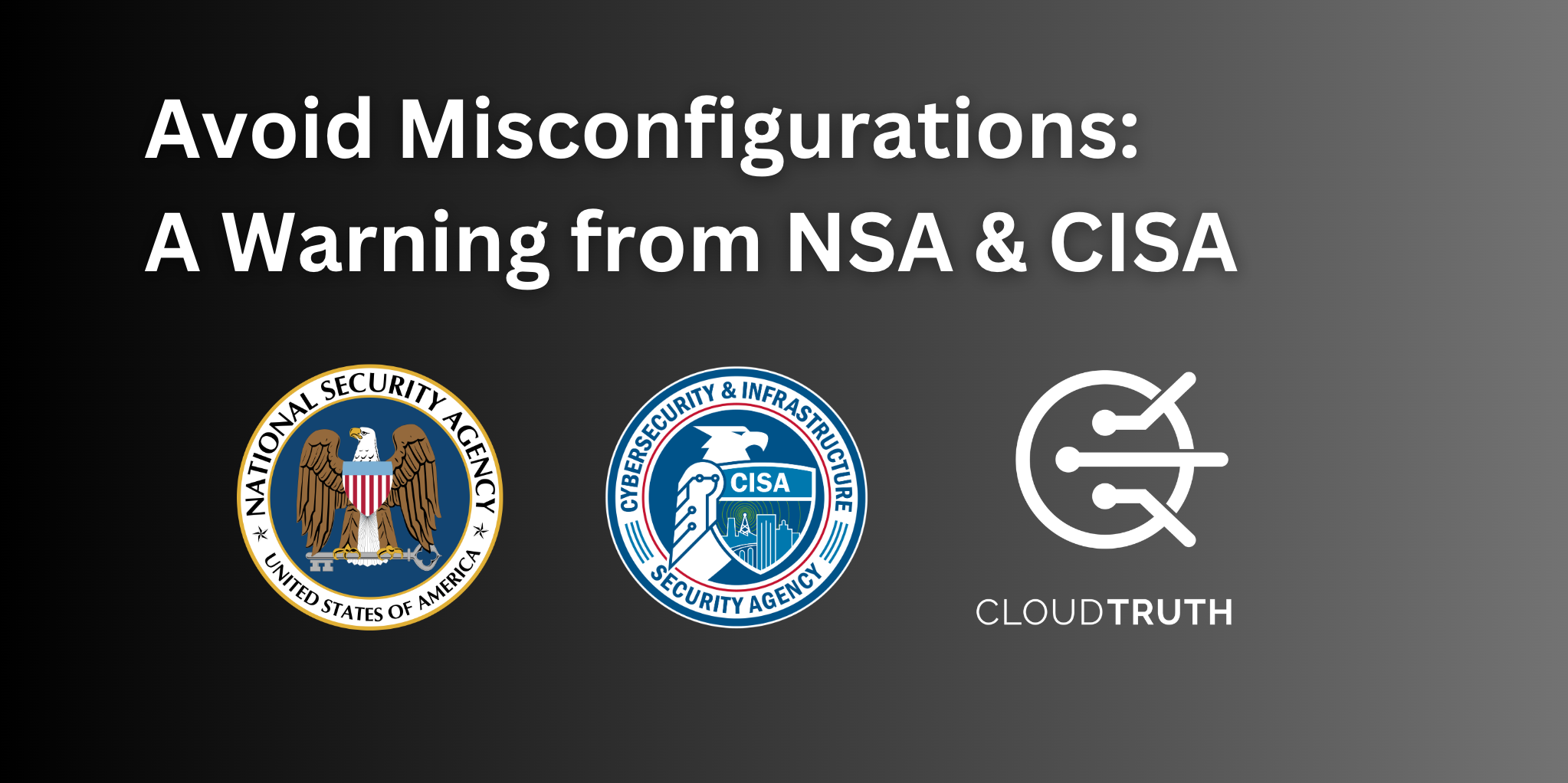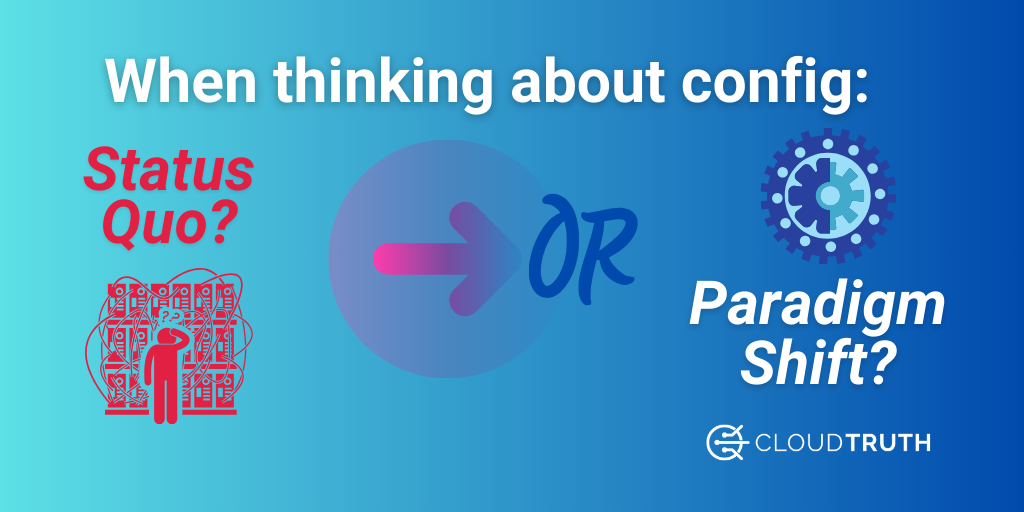
Dynamic config injection using a late binding design pattern allows a system to defer the resolution of a configuration secret or parameter until runtime. This pattern is particularly useful when injecting secrets into a continuous deployment process.
In continuous deployment, code is automatically deployed to production whenever changes are committed to the repository. This process requires using secrets, such as API keys, passwords, and other sensitive information. However, hardcoding these secrets into the codebase is a security risk, as anyone with access to the codebase will have access to the secrets.
Late binding solves this problem by injecting secrets into the system only at runtime. This means that the secrets are not stored in the codebase and are only accessible to the system when it runs in production. This greatly reduces the risk of a secret leaking into a log file and ensures that sensitive information is protected.
To implement dynamic config injection in a continuous deployment process, the system must be designed to use environment variables or configuration files to store the secrets. These environment variables or configuration files can then be passed to the system at runtime, allowing it to access the secrets it needs to operate.
In addition to improving security, late binding also provides a number of other benefits. For example, it allows developers to work with a single codebase while allowing different secrets to be used for different environments. This makes it easier to manage different configurations and test the system in various environments.
In conclusion, dynamic config injection with late binding secrets is essential to a secure and efficient continuous deployment process. Deferring the resolution of secrets until runtime helps to protect sensitive information and provides greater flexibility and control over the deployment process. Implementing late binding in a continuous deployment process can significantly improve the security and efficiency of the overall system.
Join ‘The Pipeline’
Our bite-sized newsletter with DevSecOps industry tips and security alerts to increase pipeline velocity and system security.



